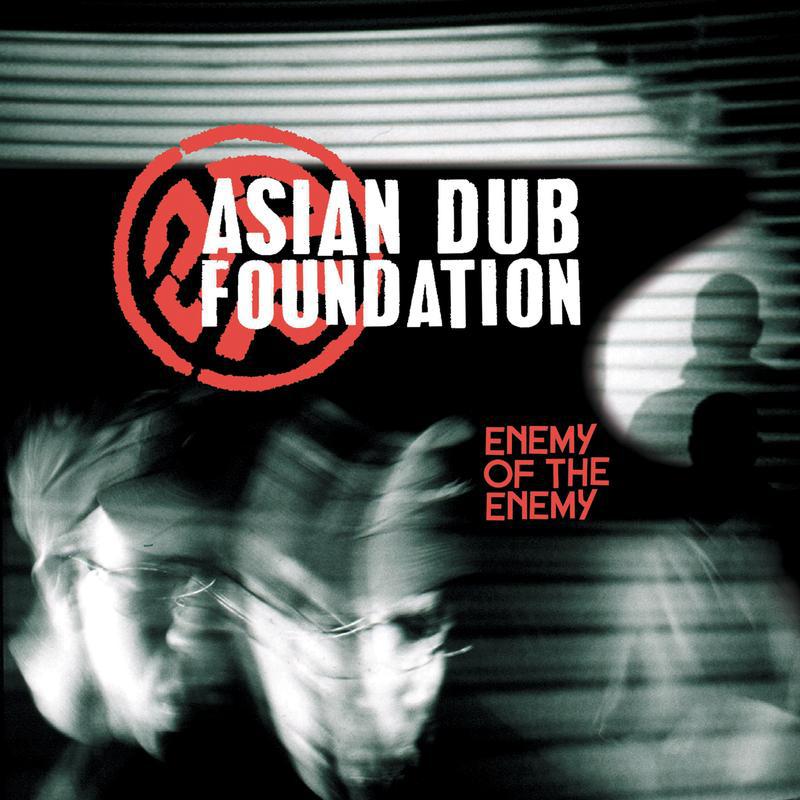Title: The Evolution of Towel Fabric: From Traditional to Modern Materials
The evolution of towel fabric has transformed from traditional to modern materials, reflecting a shift in consumer preferences and technological advancements. Traditional towel fabrics, made from natural fibers such as cotton and linen, have gradually evolved to include synthetic materials such as polyester and microfiber. These modern materials offer improved absorption, durability, and aesthetics, catering to the demand for higher performance and design diversity. As a result, towel fabrics have become integral to daily life, contributing to a more comfortable and hygienic experience.
In the world of textiles, towel fabric has come a long way from its humble beginnings to the highly advanced and diverse range of materials available today. This article delves into the history and evolution of towel fabric, exploring the different materials and their applications in both domestic and industrial settings.
In the past, towel fabrics were primarily made from natural fibers such as cotton, linen, and hemp. These materials were chosen for their durability, absorbency, and availability. However, as technology progressed, synthetic fibers such as polyester and microfiber became popular choices for towel manufacturing. These synthetic fibers offered improved performance characteristics, such as greater absorption capacity and faster drying times, as well as lower production costs.

One of the most significant advancements in towel fabric technology is the emergence of bamboo fiber. Bamboo is a sustainable and environmentally friendly material that produces strong and absorbent fibers when processed correctly. It has become increasingly popular in recent years, offering a natural and renewable alternative to synthetic fibers.
Another innovation in towel fabric is the use of technology to enhance performance characteristics. For example, many modern towels are now equipped with antibacterial agents to prevent the growth of bacteria and promote hygiene. Additionally, some towels are being produced with water-repellent finishes to enhance their performance in damp environments.

In terms of application, towel fabrics are used in a wide range of settings, including homes, hotels, hospitals, and industrial facilities. In the domestic setting, towels are used for bathing, hand drying, and cleaning, among other purposes. In commercial and industrial settings, towels are used for a variety of tasks, such as cleaning, dusting, and polishing.
The evolution of towel fabric has been a fascinating journey that continues to this day. From traditional natural fibers to modern synthetic and sustainable materials, the range of materials available offers something for every need and budget. With the continued development of technology and the growth of sustainable production methods, the future of towel fabric is expected to be even more diverse and innovative than ever before.

In conclusion, the evolution of towel fabric has been a fascinating process that has transformed this essential textile into a highly specialized and diverse product category. From natural fibers to synthetic alternatives and sustainable materials, the journey of towel fabric continues to evolve in response to changing consumer needs and technological advancements. With the growth of sustainable production methods and the increasing popularity of eco-friendly materials, the future of towel fabric is expected to be even more environmentally friendly than ever before.
Articles related to the knowledge points of this article:
Title: The Art of Selecting and Wearing a Superior Tie
Title: The Evolution of the Tie: A Tale of Style, Form, and Substance
Kids Winter Coats: A Guide to the Best Options for Your Children
New Womens Jackets: The Ultimate Guide to Staying Warm and Fashionable This Winter
Title: Mothers Winter Coat: A Symbol of Warmth and Protection



